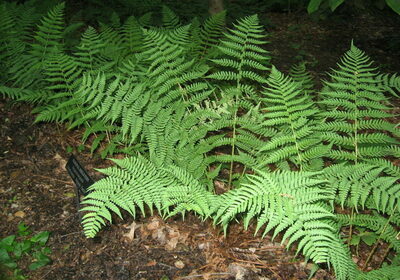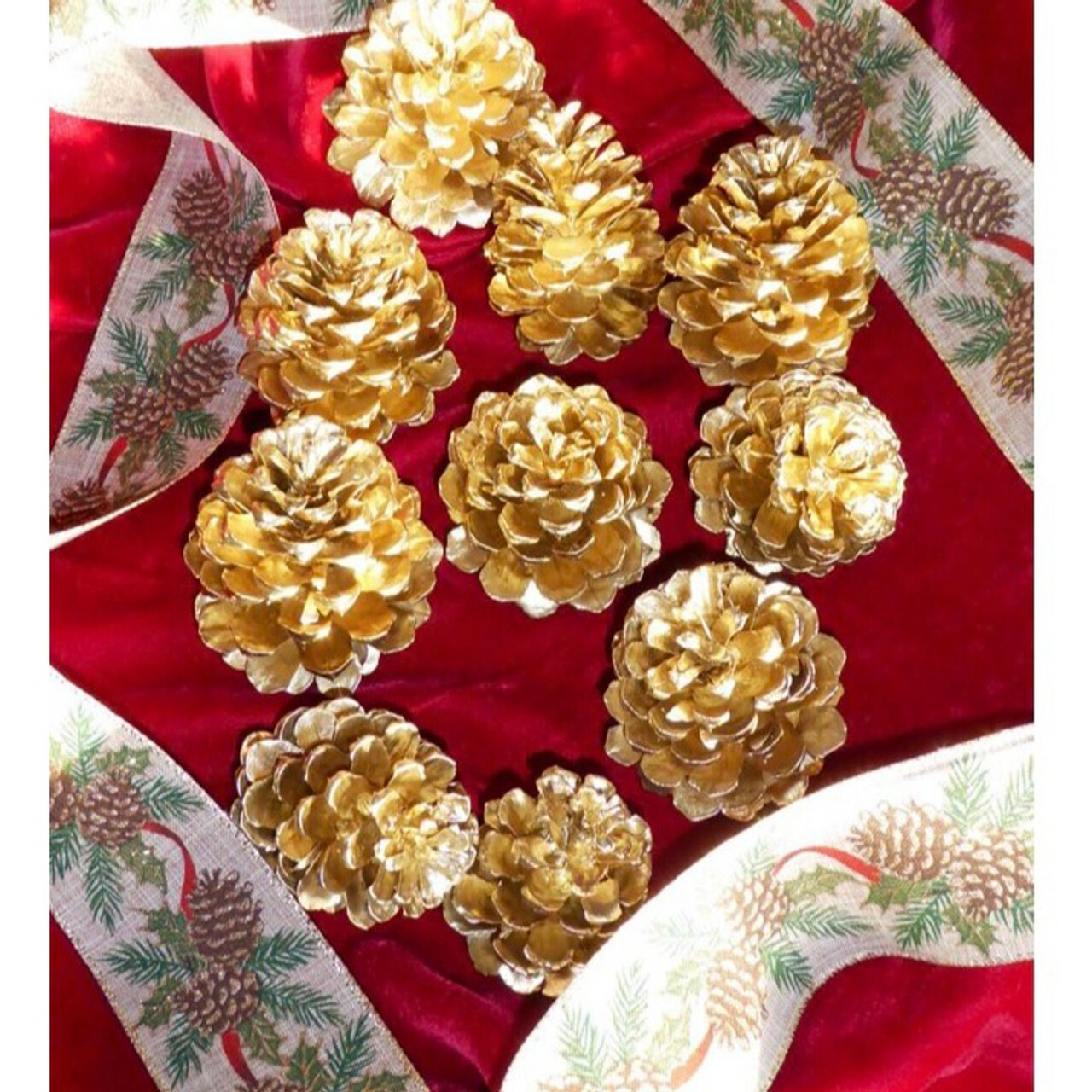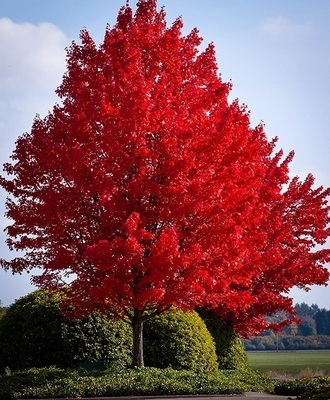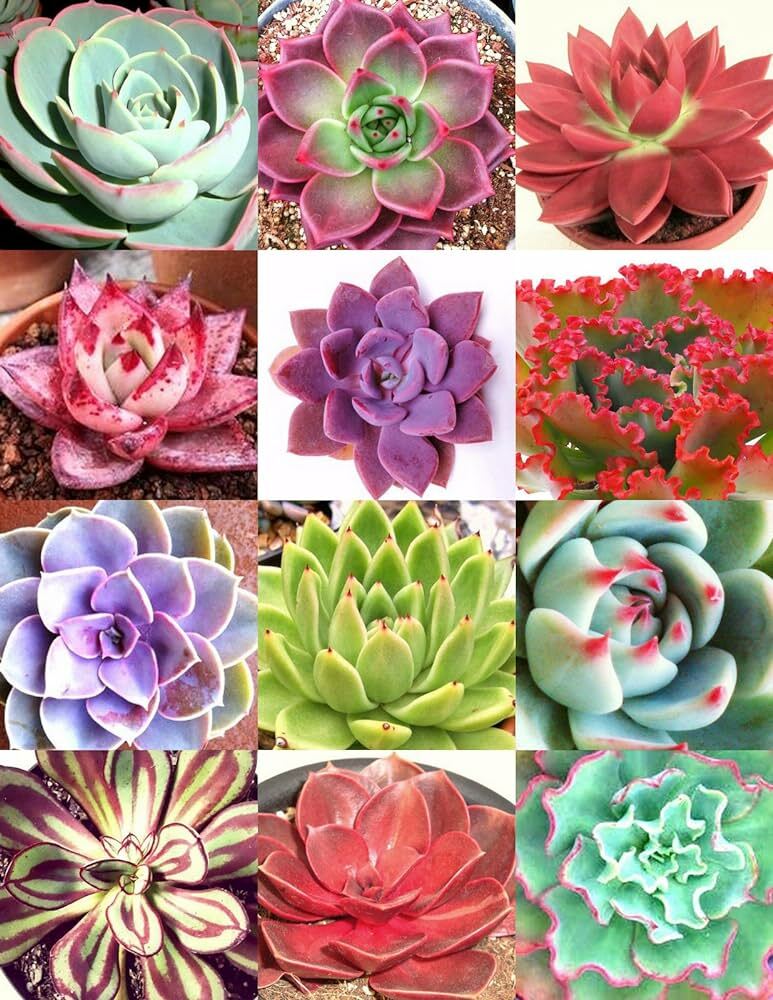Getting Your Garden Ready for Autumn
Aug 15, 2024
As hot summer days begin to cool and fall is on its way, your garden requires special attention to prepare for the changing season. Cooler weather makes working in your garden easier and provides better-growing conditions for many plants. Also, the critical steps you take in your gardens this autumn can set the stage for a healthier and more vibrant garden next spring. Here’s a guide to getting your garden ready for autumn.
Clean Up and Clear Out
The first steps in preparing your garden for autumn are weeding and clearing out any debris. Weeding all gardens now means nicer-looking fall gardens and fewer weeds to deal with in the spring. It may have been too hot to spend time weeding during the summer months, and weeds have popped up. Avoid using weed killers to remove weeds. Instead, soak the soil and use a hand-weeding tool to dig out the roots of each intruder. Walk around your garden and remove any dead branches, rotting fruit, and other debris. Also, remove any annuals that have stopped blooming to make room for new fall plantings. Clear away dead or diseased plants, spent annuals, and fallen leaves. Clearing away this organic matter helps prevent the spread of disease and pests that can overwinter in your garden. Tip-Compost healthy plant material to enrich your soil, but discard any diseased plants to avoid contamination.
Prepare the Soil
Fall is an excellent time to improve your soil’s health. Work on the soil once summer plants have been removed or pruned. You can start by turning the soil over to aerate it. Whether you take that step or not, you should incorporate organic matter like compost or well-rotted manure into the soil. Add about an inch to your garden soil in the fall. This process will enhance soil structure and fertility, making it more productive for fall flowers and next season’s crops. Tip- You might want to conduct a soil test to determine if you should add anything to improve pH levels. For example, your soil might need lime or sulfur.
Plant Autumn Bulbs and Perennials
Once you have weeded, cleared away, and improved the soil, you can start planting as long as temperatures in your region have begun to dip. Plant bulbs now, such as tulips, daffodils, and crocuses, for a spring bloom. Additionally, autumn is an ideal time to plant perennials, as the cooler weather allows roots to establish without the stress of summer heat. Coral Bells or heuchera are an excellent fall perennial to add texture and colorful ever-green foliage to any garden. Gardeners love coral bells native to all of North America because of the delicate pink bell-shaped flower that attracts hummingbirds in the spring and summer. They love it more for the incredible variation of unique foliage from purple to silver and bronze. The leaves are also distinctive, having a veined or ruffled look. Coral bells are easy to grow, disease, drought, and deer resistant, and beautiful year-round. Tip-Plant bulbs at a depth of about three times their height, and ensure they are planted with the pointed end facing up.
Prune and Divide
Late summer and early autumn are great for pruning trees and certain plants and dividing overcrowded perennials. Inspect trees for discoloration and disease. You might like to research pruning by species, but generally, prune away any damage you find. Divide perennials to manage their size but also promote healthy growth. Keep in mind that certain perennials like phlox, yarrow, and bee balm don’t like being divided, so just cut them back to within a few inches of the ground. Tip-Clean and sharpen your pruning tools before use to ensure straight cuts and lower the risk of disease transmission.
Continue to Water
Although autumn brings cooler temperatures, it’s essential to continue watering your garden, especially for newly planted bulbs and perennials. Water once a week if the weather is dry and less if there’s rain. Ensure your garden gets at least one inch of water per week until the ground freezes. While perennials are going dormant, the roots continue to grow and take in moisture until the ground freezes. Well-hydrated plants better withstand winter weather's stresses. Tip- While watering in the late afternoon works okay in the summer, it’s not the best time to water as temperatures cool. Water early in the morning to reduce the risk of fungal diseases, which can grow in the cool, damp conditions of autumn nights. To prepare your garden for autumn you should take several important steps. By weeding, cleaning up, pruning, enriching the soil, planting bulbs and perennials, mulching, and watering wisely, you’ll set the stage for a beautiful fall garden and provide for a thriving one next spring.

 Native Ferns
Native Ferns
 Native Mosses
Native Mosses
 Native Perennials
Native Perennials
 Native Ground Covers
Native Ground Covers
 Native Trees
Native Trees
 Shop By Zone
Shop By Zone
 Flowering Groundcovers
Flowering Groundcovers
 Evergreen Groundcovers
Evergreen Groundcovers
 Pollinators
Pollinators
 Shop Bloom Color
Shop Bloom Color
 Perennials By Zone
Perennials By Zone
 Medicinal Herb Plants
Medicinal Herb Plants
 Spring Bulbs
Spring Bulbs
 Trillium
Trillium
 Ferns for Zone 3
Ferns for Zone 3
 Ferns for Zone 4
Ferns for Zone 4
 Ferns for Zone 5
Ferns for Zone 5
 Ferns for Zone 6
Ferns for Zone 6
 Ferns for Zone 7
Ferns for Zone 7
 Ferns for Zone 8
Ferns for Zone 8
 Christmas bows
Christmas bows
 Fresh Wreaths
Fresh Wreaths
 Garlands
Garlands
 Large Pine Cones
Large Pine Cones
 Live Mistletoe
Live Mistletoe
 Moss
Moss
 Shop Trees By Zone
Shop Trees By Zone
 Tree Seedlings
Tree Seedlings
 Fast Growing Trees
Fast Growing Trees
 Pine Trees
Pine Trees
 Live Stakes
Live Stakes
 Evergreens
Evergreens
 Cactus
Cactus
 Combos
Combos
 Echeveria
Echeveria
 Haworthia
Haworthia
 Sedum - Stonecrop
Sedum - Stonecrop
